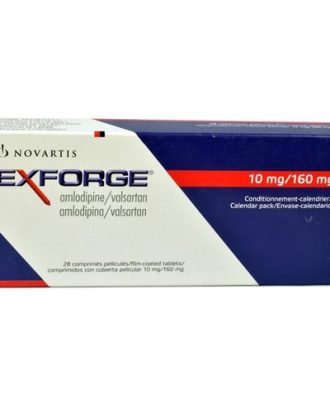Epoetin (Inj) 4000 I.U
৳ 1,935.00
Indications
- Anemia associated with Chronic Renal Failure, including patients on dialysis (ESRD) and patients not on dialysis.
- Anemia in patients with non-myeloid malignancies where anemia is due to the effect of concomitantly administered chemotherapy.
- Anemic patients (hemoglobin >10 to <13 g/dL) scheduled to undergo elective, noncardiac, nonvascular surgery to reduce the need for allogeneic blood transfusions.
- Anemia related to therapy with zidovudine in HIV-infected patients.
Therapeutic Class
Pharmacology
Dosage
Treatment of anemia in chronic renal failure:
Erythropoietin is administered to maintain hemoglobin concentration between 11 to 12 g/dl and hematocrit of 33 -36 % in adults.
Starting dose:
- Adult: usually 50 to 100 IU/kg three times in a week (TIW) by IV or Subcutaneous route
- Pediatric: 50 IU/kg TIW by IV or Subcutaneous route
Dose adjustment: Dose should be increased if hematocrit doses not increase by 5 to 6 points after 8 weeks therapy, and hematocrit is below suggested target range. Dose should be reduced when hematocrit approaches 36% or hematocrit increases >4 points in any 2-week period.
Maintenance dose: Maintenance dose must be individualized for each patient. In patients undergoing dialysis, the median maintenance dose is 75 IU/kg TIW, with a range from 12.5 to 525 IU/kg TIW as directed by the physician. In CRF patients not on dialysis, maintenance dose is 75 to 150 IU/kg/week.
Treatment of Anemia in Cancer Patients on Chemotherapy:
Starting dose:
- Adult: 150 IU/kg TIW by Subcutaneous route or 40,000 IU Subcutaneous route weekly
- Pediatric: 25 to 300 IU/kg 3 to 7 times per week by Subcutaneous or IV route
Dose adjustment: If the response is not satisfactory, the dose should be increased to 300 IU/kg TIW. If the hematocrit exceeds 40%, the dose should be withheld until the hematocrit falls to 36%. The dose should be reduced to 25% when treatment is resumed and titrated to maintain the desired hematocrit.
Surgery Patients:
The recommended dose is 300 IU/kg/day subcutaneously for 10 days before surgery, on the day of surgery, and for 4 days after surgery. An alternate dose schedule is 600 IU/kg subcutaneously in once weekly dose (21, 14, and 7 days before surgery) plus a fourth dose on the day of surgery.
Zidovudine-treated HIV-infected Patients:
Starting dose:
- Adult: 100 IU/kg as an IV or Subcutaneous injection TIW for 8 weeks
- Pediatric: 50 to 400 IU/kg 2 to 3 times per week by Subcutaneous or IV route
Dose adjustment: If the response is not satisfactory, the dose should be increased by 50-100 IU/kg TIW. Response should be evaluated every 4 to 8 weeks thereafter and the dose adjusted accordingly by 50 to 100 IU/kg increments TIW.
Maintenance dose: The dose is titrated to maintain the hematocrit between 33-36%.
Administration
Parenteral drug products should be inspected visually for particulate matter and discoloration prior to administration.
Administer as intravenous injection over 1-2 minutes. In patients on dialysis, the injection should follow the dialysis procedure. Slow injection over 5 minutes may be beneficial to those who experience flu-like symptoms.
Do not administer by intravenous infusion or in conjunction with other drug solutions.
For the subcutaneous route a maximum of 1 mL at one injection site should generally not be exceeded. In the case of larger volumes, more than one site should be chosen for the injection.
Interaction
Contraindications
- Uncontrolled hypertension.
- Pure red cell aplasia that begins after treatment with Erythropoietin or other Erythropoietin protein drugs.
- Serious allergic reactions to Erythropoietin.
- Use of the multi-dose vials in neonates, infants, pregnant women, and nursing mothers.
Side Effects
Pregnancy & Lactation
Nursing mothers: It is not known whether this drug is excreted in human milk. Because many drugs are excreted in human milk, caution should be exercised when erythropoietin is administered to a nursing woman.
Precautions & Warnings
Iron evaluation: Prior to and during Erythropoietin therapy, the patient’s iron stores, including transferrin saturation and serum ferritin, should be evaluated. Transferrin saturation should be at least 20%, and ferritin should be at least 100 ng/mL. Virtually all patients will require supplemental iron to increase or maintain transferrin saturation to levels that will adequately support erythropoiesis.






Reviews
There are no reviews yet.